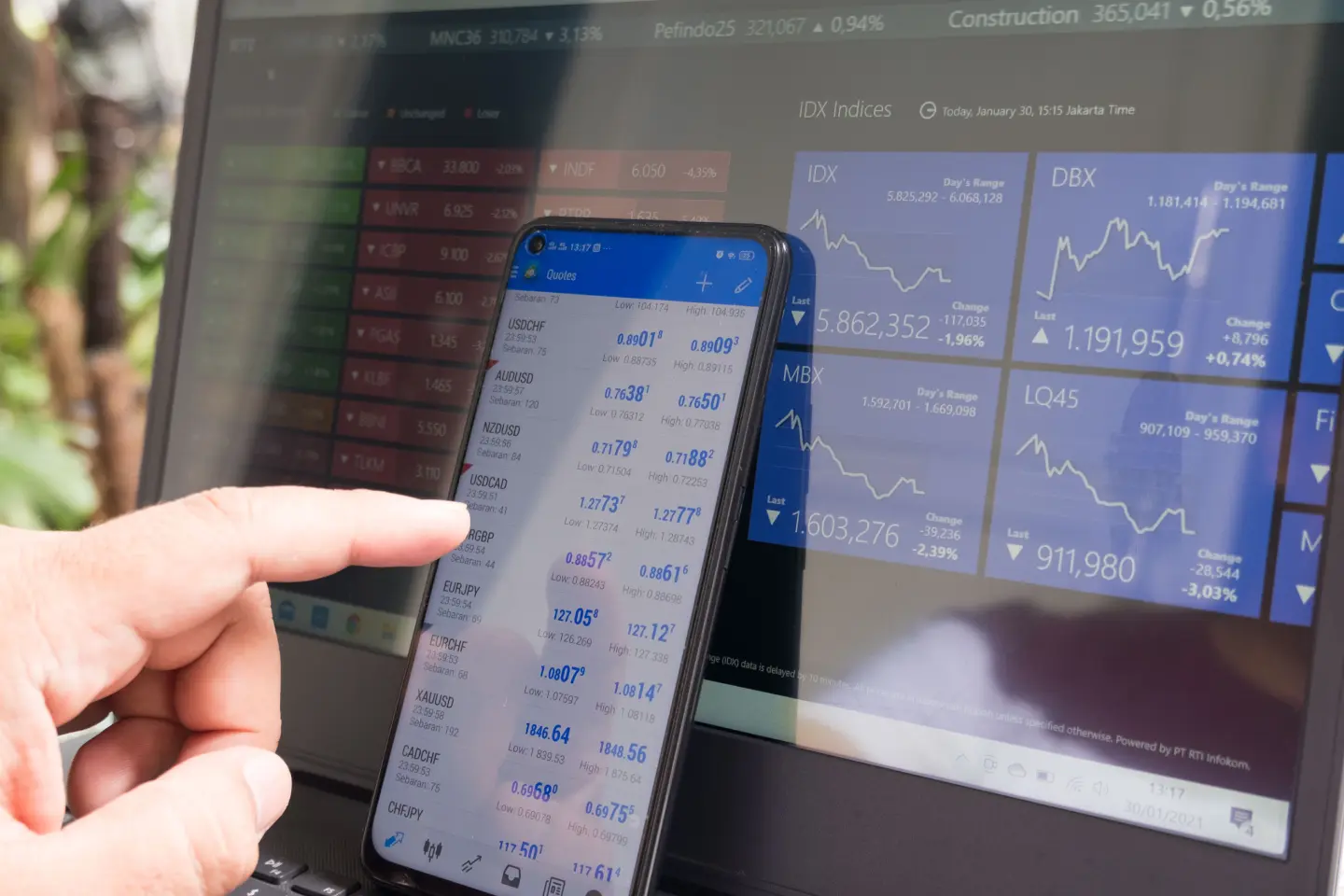
Central Banks in the Limelight: Global Markets Brace for Impact
In a world teetering between economic resurgence and geopolitical complexities, the pulse of global markets quickens with anticipation. Central banks emerge as the epicenter of this financial drama, their policy maneuvers echoing across continents. As Europe navigates the intricacies of tech sector headwinds and rate trajectories, all eyes turn to the U.S., with its looming Fed decisions and the specter of a government shutdown. Oil rallies, gold glistens, and currencies oscillate, painting a picture of an economy in flux. Let’s step into this week's deep dive, where Inveslo unpacks the multifaceted saga of economies, commodities, and the ever-evolving dance of global finance.
European Stock Markets: A Cautious Optimism
European stock markets seem poised for a modestly positive opening on Monday, setting the stage for an action-packed week dominated by central bank meetings, including a critical assembly by the U.S. Federal Reserve. As of 02:00 ET (06:00 GMT), Germany's DAX futures saw a slight dip of 0.1%, France's CAC 40 futures retreated by 0.2%, while the FTSE 100 futures in the U.K. remained static.
Spotlight on ECB Officials
Last week concluded on a buoyant note for European stocks, thanks to emerging signals that the European Central Bank (ECB) might be concluding its rate-hiking spree. The ECB surprised many by pushing the interest rates to an unprecedented 4% on Thursday. However, subsequent communications suggested that this hike could be the culmination, especially given the current challenges faced by the eurozone economy. Investors will be keenly tuned in to remarks from ECB policymakers Luis de Guindos, Frank Elderson, and Fabio Panetta, seeking insights into any potential divergences among the more hawkish members regarding the year-long rate-hiking trajectory.
Federal Reserve: The Main Attraction
This week is punctuated by pivotal policy-setting meetings from prominent central banks, including the Bank of England and the Bank of Japan. However, the marquee event will undoubtedly be Wednesday's Federal Reserve conference. Market pundits largely anticipate the U.S. central bank to hit the pause button on its successive interest rate hikes. Yet, given the recent 0.6% monthly surge in U.S. consumer inflation, its most significant leap since June 2022, primarily attributed to escalating gasoline prices, the Fed's hawkish stance is expected to persist, hinting at prolonged elevated rates.
European Tech: Chipmakers in Choppy Waters
Shifting focus back to Europe, the tech sector will likely be under the scanner. A recent report from Reuters revealed that Taiwan's Taiwan Semiconductor Manufacturing, the global leader in contract chipmaking, has urged its suppliers to postpone deliveries amidst dwindling demand apprehensions. This news sent shockwaves across the Asian chipmaking arena, with significant players witnessing a drop in shares. This alarm compounds the existing anxieties regarding spiraling interest rates and a decelerating investment pace in tech infrastructure.
Crude's Climb: Anticipating Central Bank Decisions
Oil prices continue their upward trajectory on Monday, fueled by projections of a constricted market, especially in the lead-up to this week's slew of central bank policy meetings. Over the previous quarter, crude benchmarks have surged by over 30%, a trend amplified by supply curtailments from Saudi Arabia and Russia, potentially tilting the market towards a considerable deficit in Q4. Traders are now on high alert, keenly awaiting policy decisions and commentaries from central banks, especially the Federal Reserve, and vital economic data from China. As of 02:00 ET, U.S. crude futures have risen by 0.9%, standing at $90.83 a barrel, while the Brent contract advanced by 0.8% to touch $94.71.
Gold Glistens: The Dual Play of Fed Decisions and Shutdown Concerns
Gold, often seen as a barometer of economic health and geopolitical stability, exhibited an upward trajectory on Monday. Two driving factors behind this are market speculations that the Federal Reserve might maintain the current interest rates and the burgeoning apprehensions of a U.S. government shutdown, which traditionally nudges investors towards safe havens.
The lustrous yellow metal has witnessed incremental gains in its value in recent sessions. Interestingly, even robust inflation and economic indicators failed to firmly plant the idea of an imminent U.S. interest rate hike in the minds of market participants. However, gold's ascent faced some constraints, given the dollar's sprint to achieve six-month peaks based on the same data set.
Another subplot in the gold narrative is the mounting concern over a potential U.S. government shutdown. This anxiety stems from disagreements among leading Republican legislators regarding defense expenditures and broader fiscal cutbacks. The clock is ticking, with lawmakers having a mere fortnight to greenlight a fresh spending bill, thereby circumventing a shutdown.
But it's vital to temper these concerns with a historical lens. Past shutdowns, even prolonged ones, haven't significantly amplified gold's value. A case in point is the 2018-2019 shutdown, which holds the record as the lengthiest government shutdown in U.S. history. During this 35-day period, gold prices experienced a modest increment, rising by only $20.
In terms of specific numbers, spot gold showcased a rise of 0.3%, settling at $1,929.32 an ounce. Concurrently, gold futures set to expire in December also demonstrated growth, increasing by 0.2% to reach $1,950.15 in early European session. It's noteworthy that both these instruments registered a 0.3% appreciation in the previous week.
Daily Market Update
Keep up with the financial markets, know what's happening and what is affecting the markets with our latest market updates. Analyze market movers, trends and build your trading strategies accordingly.









